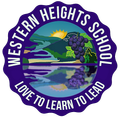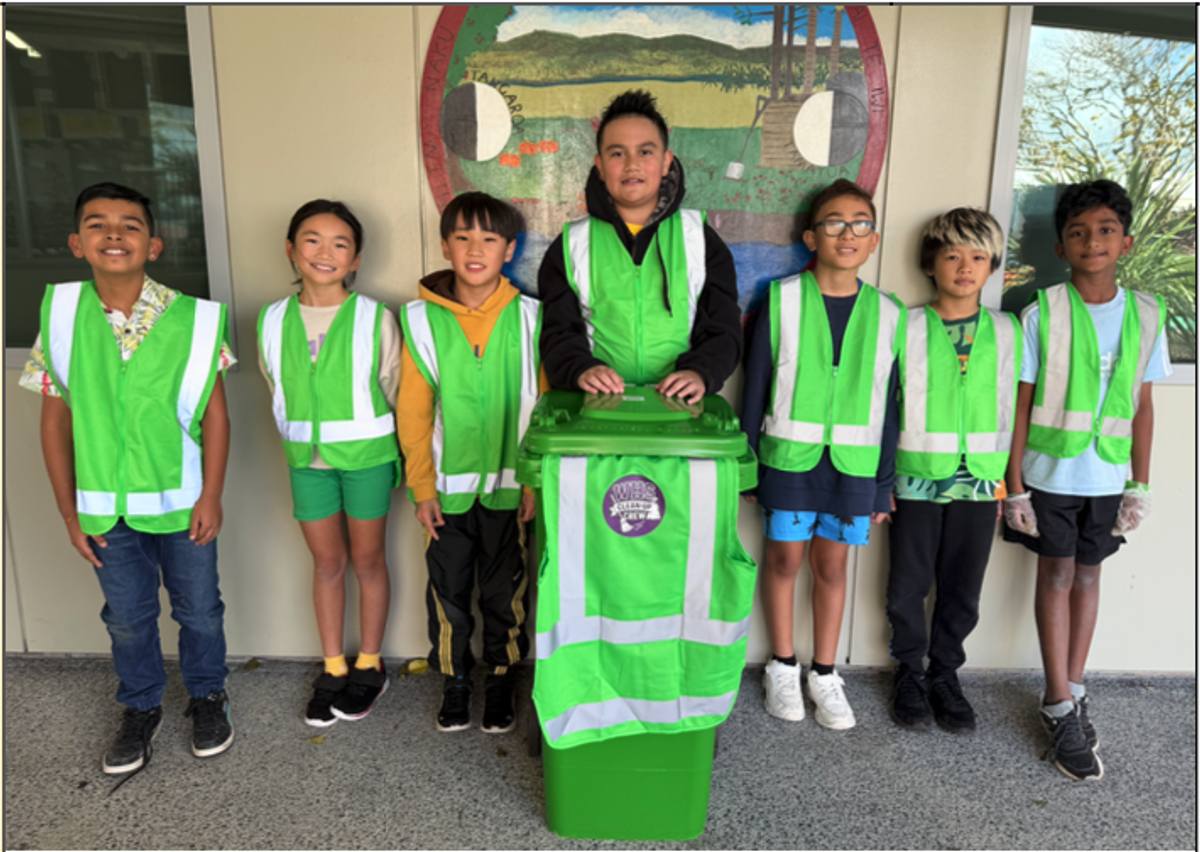Our Vision for Our Future:

Living Our Vision – Part Three in a Series:
Whenua as Whakapapa - Land as Our Ancestor
To understand land is to understand story. Every feature of the land has a story - every hill, stream, tree, and stone carries meaning.
The whenua (land) we stand on holds the whakapapa (family history) of iwi, hapū, and whānau who have lived in harmony with this place for generations.
By learning the stories of our local area, the original names, histories, and relationships, our children begin to locate themselves within a much broader story. They gain a sense of tūrangawaewae: a place to stand, to belong, and to care for.
Learning in and from Nature
We know from research and lived experience that children thrive when they learn outdoors. Fresh air, movement, and hands-on experiences foster creativity, focus, and wellbeing.
More than that, nature teaches patience, systems thinking, and awe.
We intentionally use our outdoor spaces—not just for play, but for purposeful learning.
Understanding the importance of learning in nature is why we extended our Bush School programme to be every day of the week and to involve and engage every child over the course of each term.
Whether it’s tending the māra (garden), observing native birds, building shelters, or writing about the ngahere (bush), our children are learning that the land is not separate from us; it is part of who we are.
Honouring Mātauranga Māori and Kaitiakitanga
Caring for land is not a new idea. It is deeply embedded in every aspect of traditional Māori culture.
As Māori, we believe we are a part of the land and the land is a part of us. Papatuanuku - Mother Earth - is our mother and we must care for her as any caring child would for their own dear mother.
Through Mātauranga Māori—the knowledge passed down over generations—we teach children that they are not owners of the land, but part of a living system of mutual responsibility.
Kaitiakitanga, or guardianship, is a value we explore in depth:
- How do we show care for our whenua?
- How do our choices impact the earth, the sea, the sky?
- How can we live in a way that sustains, rather than depletes?
These questions are embedded into our everyday practices: from recycling and composting, to planting trees, to discussions about climate change and conservation.
We share this concept with our children through the acronym of HOPE:
HOPE = Help One Person Everyday.
HOPE = Help Our Planet Everyday
HOPE + Help Our Pacific Everday.
NB: Pacific is used to represent all water sources, waterways and bodies of water.
As evidence that this message is really getting through, we now have a WHS CleanUp Crew who collect rubbish and tidy up our environment every day.
Local Learning, Global Impact
By anchoring learning in the local, we prepare children to understand the global. When children learn to love and protect their own corner of the world, they become more equipped to contribute to the larger world they’ll one day step into.
This is how we prepare our children, not by giving them all the answers, but by helping them ask the right questions, grounded in place, purpose, and possibility.
Our children will inherit the world we leave them. If they understand and care for their land, they will be ready to care for the future.

